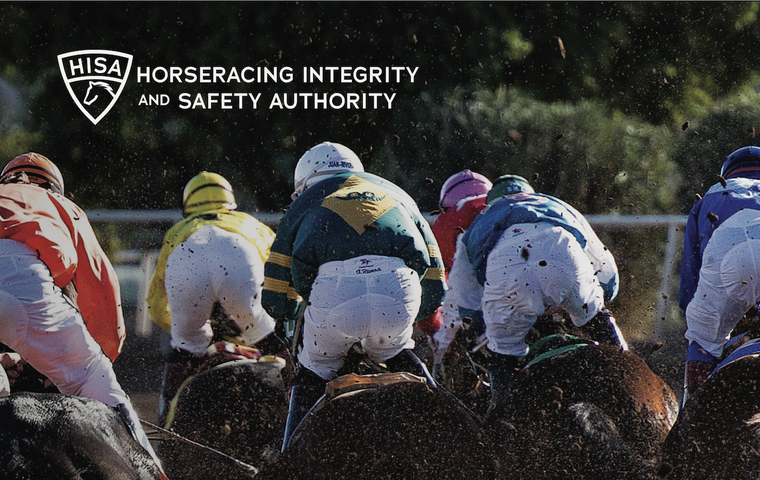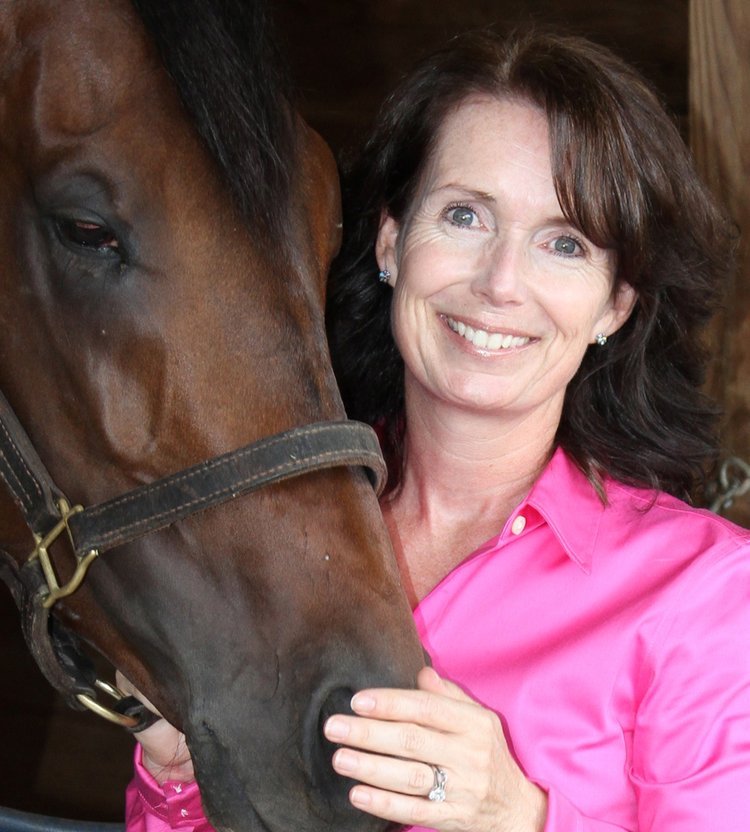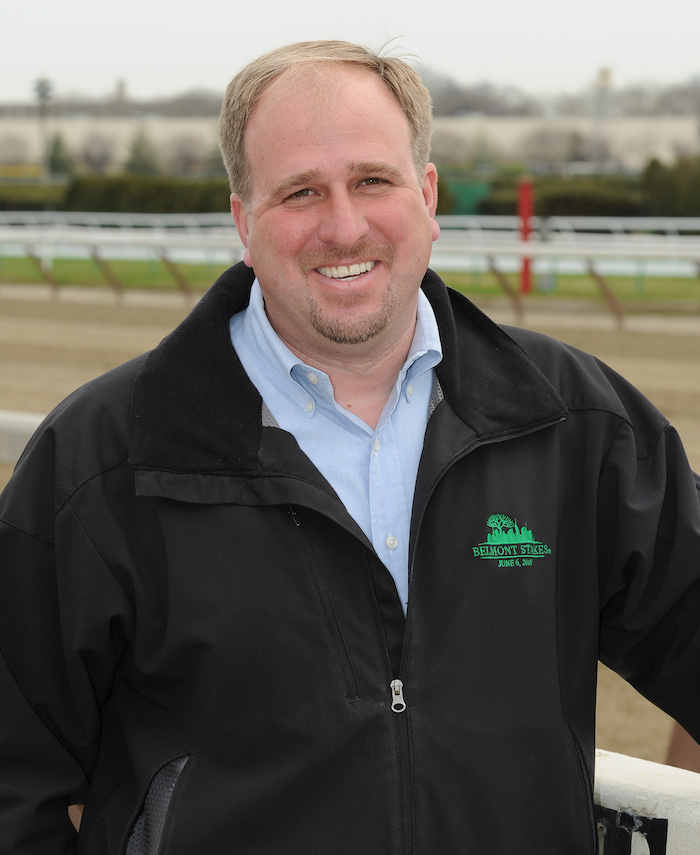
In his latest column, Charles Hayward sees many reasons to be positive about federal involvement in the Thoroughbred industry via Horseracing Integrity and Safety Authority
This column will cover a fascinating vetting process by the Federal Trade Commission vetting process that created the Horseracing Integrity Authority (HISA), which regular readers will know I wholeheartedly endorse.
First, though, here are a few paragraphs carried under the heading ‘Background’ in the Federal Register dealing with the subject:
“The Horseracing Integrity and Safety Act of 2020 recognizes a self-regulatory nonprofit organization, the Horsera cing Integrity and Safety Authority, which was charged with developing proposed rules on a variety of Thoroughbred racing subjects.
cing Integrity and Safety Authority, which was charged with developing proposed rules on a variety of Thoroughbred racing subjects.
These proposed rules and later proposed rule modifications would only take effect if approved by the Federal Trade Commission. The proposed rules and rule modifications needed to be published in the Federal Register for public comment.
Thereafter, the Commission has 60 days from the date of publication to approve or disapprove the proposed rule or rule modification.
The Authority submitted to the Commission a proposed rule on Racetrack Safety on December 6, 2021. Comments from the public had to be received on or before January 19, 2022.”
Now, TRC readers would usually have little interest in a presumably bureaucratic government process – but there is much more to this particular story. The Federal Register,in its Vol. 87, No.3 / Wednesday, January 5, 2022 published the HISA proposal with comments and exhibits on pages 435-459 for a total 25 pages.
In truth, I was not prepared for the insight and breadth of knowledge in that HISA document regarding Thoroughbred racing and HISA’s plan for repairing Thoroughbred racing business in the US.
First, I knew that any plan to rescue Thoroughbred racing in the US had to shed the individual state-by-state management which was destroying the Thoroughbred racing industry.
What I was not prepared for was the insight that HISA had developed in a short period of time regarding the strategic and business decisions that needed to be made in the US Thoroughbred racing model.
The 25-page HISA recommendation from the Federal Register includes taking over the failing state-by-state model and replacing it with an astute business plan which will set up a federal business model for Thoroughbred racing that will be organized under the US Federal Trade Commission.
The Federal Register website received 1,864 unique visitors, 3,097 total visits, 162 registered users, 137 regulation downloads and 360 comments.
I have been working in the racing industry for over 20 years at the Daily Racing Form, The New York Racing Association and Thoroughbred Racing Commentary. I have worked on numerous strategic plans for racing. I have read many, many acquisition documents for Thoroughbred racing businesses that our companies were interested in acquiring. Remarkably, not only will HISA structure the Thoroughbred racing industry in the US into a rational business, but they are developing a business model for Thoroughbred racing that I believe will transform the industry in the US.
HISA is comprised fundamentally of two programs: the Racetrack Safety Program which went into effect July 1, 2022, and the Anti-Doping and Medication Control (ADMC) Program, which will go into effect in January 2023.
Racetrack safety: two crucial documents
I would now like to turn to the Racetrack Safety Program that launched in July 1 this year. The team at HISA have produced two documents on this subject.
The HISA Racetrack Handbook is comprehensive, addressing the rules that have been promulgated for the Racetrack Safety Program. I would like comment briefly on nine of the rules. The second document, HISA Summary for Racetrack Maintenance, is smaller but important as it lays out what expectations HISA will have for important racetrack maintenance issue. I have a few thoughts on this critical topic.
Rule 2121 – Racetrack safety and welfare committee
Racetracks are required to form a Racetrack Safety and Welfare Committee to review the circumstances around fatalities, injuries and racetrack safety issues with the goal of identifying possible contributing risk factors that can be mitigated. The purpose of this committee’s work is educational and to assist with procedures not disciplinary.
CH says: There are often conflicting issues on different departments when races are being drawn. Field size is almost always an issue in the racing office due to declining availability of horses or pressure from trainers to make a race go. The safety director and the stewards need to be on the same page as the racing office to make certain that every horse entered belongs in the race. It is essential to get all departments on the same page, especially on this topic.
Rule 2131 Safety director
Racetracks are required to name a safety director. Subject to the approval of the Racetrack Safety Committee, the safety director may be shared within and among jurisdictions.
CH says: Sharing a safety director with another track or tracks could be problematical as racing offices compete with other tracks for entries. During the summer, Delaware Park, Pimlico, Monmouth Park, Parx and even Aqueduct racing offices could be competing for horses which could put a safety director in a difficult spot if they are working for multiple jurisdictions.
Rule 2132 – Medical director
Racetracks are required to name a medical director. The medical director shall oversee the care and organization of the medical of jockeys … the medical director may be shared within and among jurisdictions.
CH says: Unlike the safety director, it will be much easier to share a medical director, for two reasons. Today, no track races more than five days a week and many run as few as three days a week. Also, most tracks have two ambulances on the track for each race. It may be possible to get a board-certified athletic trainer to ride in an ambulance during the races, replacing one of the existing ambulance workers.
Rule 2134 – Regulatory veterinarians
Regulatory veterinarians must be licensed to practice in the applicable jurisdiction; refuse employment or payment, directly or indirectly from any owner or trainer of a horse racing or intending to race in the jurisdiction while employed as a regulatory veterinarian.
CH says: Major tracks such as NYRA (Belmont, Aqueduct and Saratoga) hire full-time regulatory vets who work exclusively for the track, but small or medium tracks that run two or three days a week probably do not hire full-time vets. It could be possible to hire vets that could be shared regulatory vets depending on the racing schedule.
Rule 2136 – Racetrack safety officer
Each racetrack is to have a safety officer. The safety officer to ensure that all activities and practices involving the training and racing of horses at the racetrack and meet required safety standards and regulatory guidelines. The safety officer may also be a steward.
CH says: This would be a very important new hire at any racetrack; the safety officer could certainly be a steward. In any case, the safety officer at a larger-sized track would benefit from having a strong administrative person to produce reports that will be initiated by the racetrack safety director.
Rules 2151-2154 – Racetrack and racing surface monitoring and maintenance
Racetracks are required to maintain written operating procedures that detail the equipment and how racing and training surfaces are maintained as a normal part of operations. The maintenance procedures document must be updated as changes are made to equipment or equipment use.
 CH says: These rules represent the most significant upside in cost management and racing surface safety improvement. I may not be the most impartial witness but in my opinion the most talented Thoroughbred racing executive in racing surfaces and facility management in the US is Glen Kozak, NYRA’s Senior VP of operations and capital projects. He is also is on the HISA Racetrack Safety Standing Committee.
CH says: These rules represent the most significant upside in cost management and racing surface safety improvement. I may not be the most impartial witness but in my opinion the most talented Thoroughbred racing executive in racing surfaces and facility management in the US is Glen Kozak, NYRA’s Senior VP of operations and capital projects. He is also is on the HISA Racetrack Safety Standing Committee.
Discussions over the efficacy of synthetic surfaces over dirt, a subject that continues to be raised from time to time, come under the heading of ‘changes to equipment’ – while this subject has been aired ad nauseam, my own view is that they could be beneficial to American racing from both a cost and safety perspective.
Belmont at the Big A
Indeed, NYRA’s current showpiece Fall meet is ‘Belmont at the Big A’, switched from Belmont to Aqueduct while important maintenance is done at the Big Sandy. The main dirt track and two turf tracks at Belmont are being completely reconstructed; NYRA also says it will provide "the opportunity to consider the installation of a synthetic track in the future.”
A synthetic Tapeta surface is also being installed for the property’s quarter-mile pony track.
The HISA Racetrack Handbook and theFederal Register extensively cover racetrack and maintenance issues while the HISA Summary for Racetrack Maintenance provides an overview of important required maintenance equipment and procedures.
For the first time ever, any racetrack that sends its live racing signal across state line, including use of advanced deposit wagering platforms and interstate off-track betting must follow HISA regulations.
Equine Industry Database
The Jockey Club launched the Equine Industry Database in 2008. Steady progress has been made in the reduction of equine fatalities nationally from 2.00 per 1,000 horses in 2009 to 1.39 2021. Equine safety measures managed at the national level will, in my view, have a significant positive impact in the further reduction of equine fatalities.
The racetracks will all have a safety director and a safety officer and they will oversee safety efforts at the racetrack and will be responsible for providing information to the Safety and Welfare Committee and to HISA.
All racetracks will be required to maintain written operating procedures that detail how racing and training surfaces are maintained as a normal part of operations. Racetrack maintenance equipment and racing and training surfaces will be critical.
Pre-Race meet testing and daily testing on dirt, synthetic and turf surfaces should improve the safety and the general consistency of all racing surfaces nationally while consolidation of racetracks at the federal level will certainly improve the safety and consistency of all racing surfaces.
Finally, I would like to take this opportunity both to thank and applaud all members of the HISA management, committees and board members for the work that has been done for the benefit of our Thoroughbred racing and breeding industry.
• View all Charles Hayward’s previous articles in his influential View from the Rail series
• Visit the Horseracing Integrity and Safety Authority website
Great racetracks we have lost: Rockingham Park – the ‘little Saratoga’ of New England
I should be so lucky – 20-year-old Kylee Jordan set to debut at Breeders’ Cup on Iowa star
View the latest TRC Global Rankings for horses / jockeys / trainers / sires


